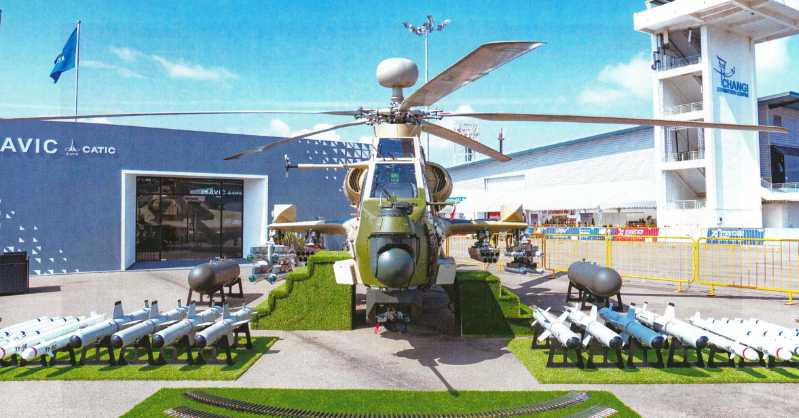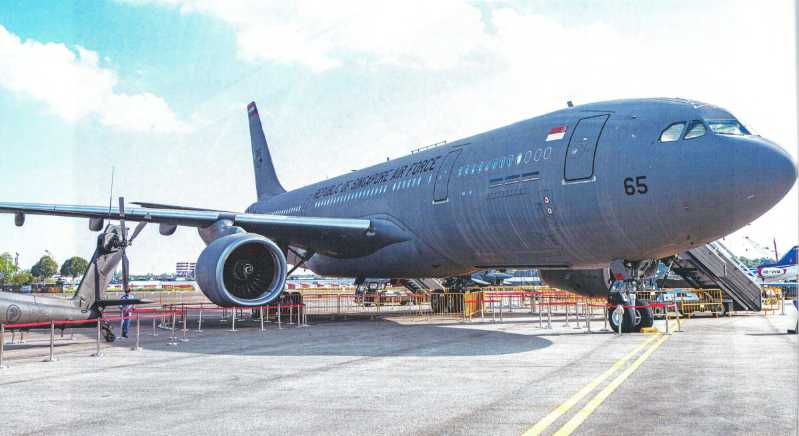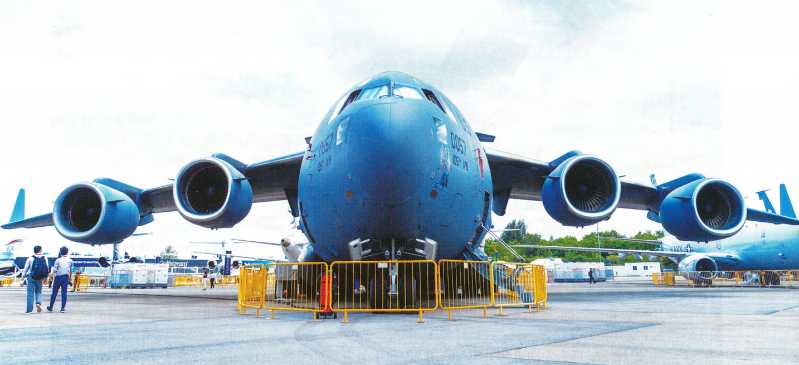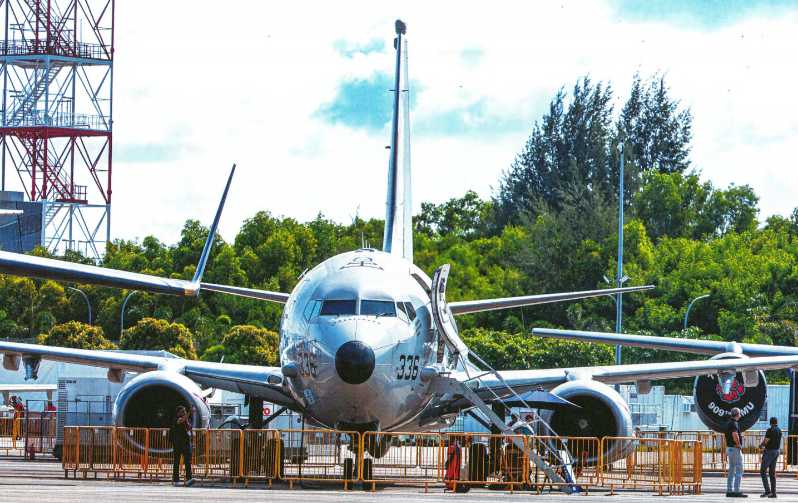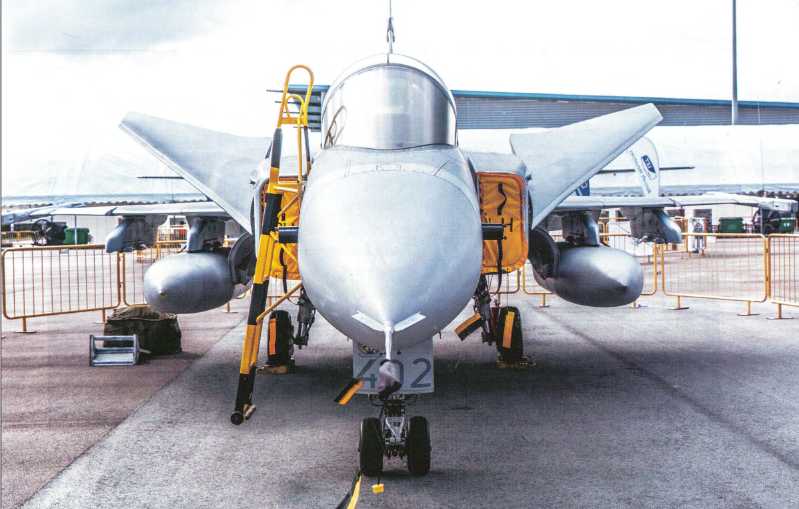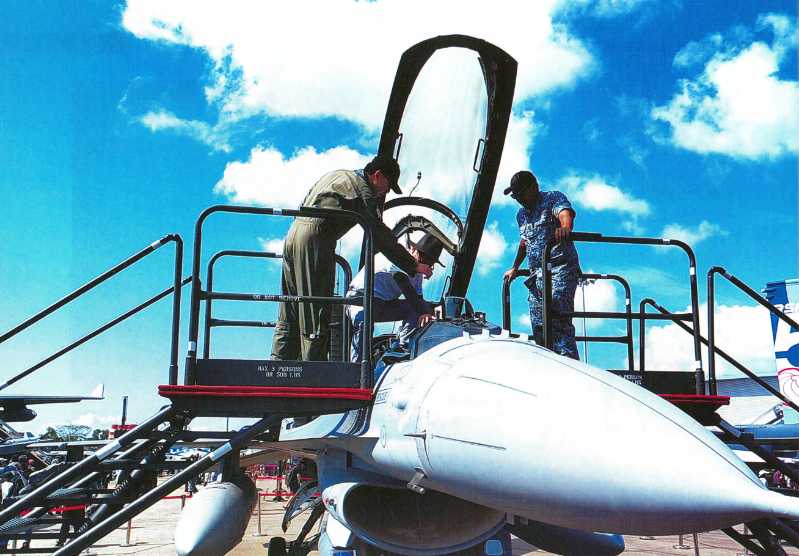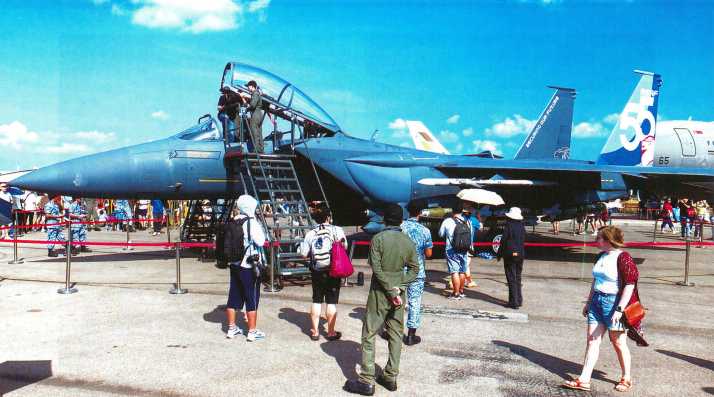After the explosion of the Nord Stream gas pipeline in September 2022, the relevant countries started to investigate. In February 2024, the Danish authorities ended the investigation, saying that "they have cooperated with the Danish intelligence agencies to conduct a complex and extensive investigation", "there is no basis to pursue it as a criminal case", and "will not comment on it in the future". Although the German investigation is still ongoing, it is obviously difficult to get to the bottom of the Nord Stream explosion in the short term. Although the truth is still unknown, the incident is a wake-up call for the navies and military industries of NATO countries-if the naval combat system is not updated quickly, the next Nord Stream incident is likely to happen again in the near future.
The speed of technological innovation in the defense field is undergoing a radical change. With the introduction of emerging and disruptive technologies (EDT) into the modern battlefield, the nature of combat has become more multi-domain, and naval operations cannot be separated from this trend. In fact, given the important strategic significance of the maritime domain in today’s geopolitical competition, it has become a hot spot for innovation. Naval warfare may touch more physical realms than any other form of warfare, as it extends from space, air, surface, underwater, to the seafloor, and to the littoral zone, the arena for amphibious operations. This uniqueness makes naval warfare an ideal case study for explaining how technological innovations affect naval combat systems and how these technologies can be effectively integrated as part of a system of systems (SoS) and multi-domain warfare approach.
The Ocean is a Global Competition Arena
The ocean is undoubtedly a key driver of the global economy. In fact, about 90% of global trade is transported by sea, and by 2050, maritime trade will triple. The ocean is also a source of food for about 3 billion people worldwide, and the seabed is one of the sources of fossil fuels that often spark international disputes. Moreover, as evidenced by recent events involving Nord Stream 1 and Nord Stream 2 in the Baltic Sea, the new reliance on subsea pipelines, LNG shipping, and sea-based floating LNG receiving stations—not to mention fiber optic cables—has also created new demands for maritime surveillance and security.
In the context of multiple countries and regions rejecting the Western-dominated international order, the ocean is also an important area of investment for those who want to challenge the strategic hegemony of the United States. Indeed, since the end of the Cold War, the United States has been able to maintain such hegemony precisely because it has the ability to project power and forces from the sea around the world without the willingness and ability of other countries’ militaries to cause significant damage.
So, in the current context of rising geopolitical competition, great power navies value the ability to exercise sea control and effective sea denial. Indeed, for any country or alliance that hopes to project military power, trade, and influence through the sea while ensuring access to the world’s key maritime choke points, the ability to ensure varying degrees of sea control in a given environment is a necessary prerequisite. Conversely, the ability to prevent an adversary from controlling the sea is also an important goal for any challenger. Last but not least, the ocean provides cover for nuclear-powered missile submarines, the most resilient nuclear strike force and one of the pillars of strategic deterrence.
Therefore, the development of groundbreaking new technologies in the maritime domain, whether used symmetrically or asymmetrically, has attracted attention in the military planning of countries that challenge the US strategic hegemony and is seen as one of the important foundations for achieving regional or broader goals in the face of US and/or NATO conventional superiority.
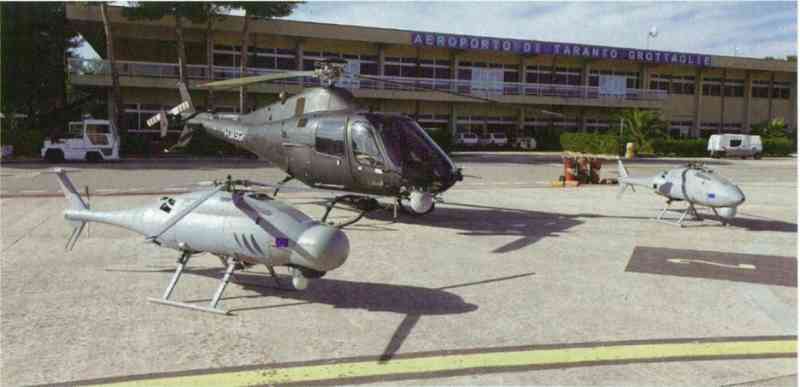
Technological developments in naval combat systems
Some of the latest technological developments in the field of naval combat systems involve a variety of key capabilities, including unmanned systems, hypersonic and conventional missiles, helicopters, directed energy weapons, and quantum technologies. Other emerging and disruptive technologies, such as 3D printing, quantum computing, and artificial intelligence, have the potential to greatly enhance existing capabilities while providing new capabilities. In addition, effective maritime operations may require a system engineering approach to integrate multiple systems and data sources into a common maritime picture more than other combat domains. This in turn requires greater automation and enhanced cross-asset integration and data communications, as demonstrated during OCEAN 2020, the European Open Cooperation for Maritime Awareness, led by Leonardo in the context of the EU Action for Preparedness for Defense Research (PADR).
Today, the world’s major navies have no choice but to invest in timely means to counter new and emerging threats, such as hypersonic missiles and multi-domain joint drone swarms. Most naval powers cannot currently count on a significant increase in their budgets, so they must find ways to strengthen their fleets’ offensive and defensive capabilities by acquiring advanced (often expensive) technologies (rather than increasing the number of ships). Gaining and maintaining a technological advantage over potential adversaries can determine the outcome of a war, because in principle, with the right weapon systems and countermeasures, this advantage can give a warship or fleet a useful advantage in detection and/or engagement range. If used properly, technological advantages can also strengthen the kill chain and optimize logistics management.
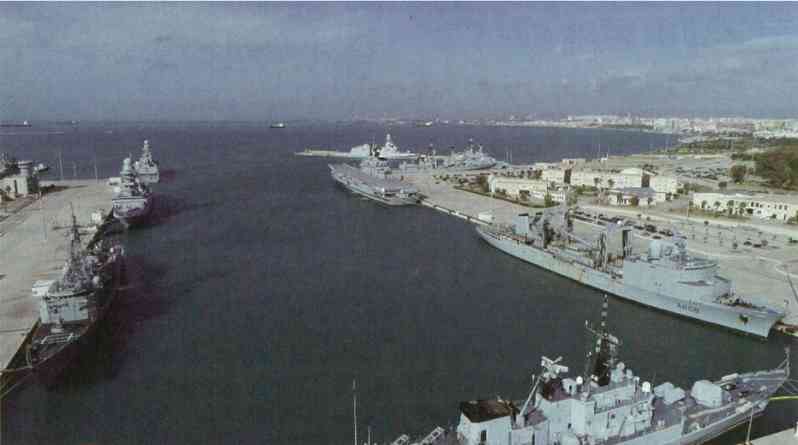
Impact on the navies of various countriesWarships have always had to deal with new and deadly threats and have the necessary countermeasures, thus becoming increasingly complex platforms, especially since the end of the Cold War. As a result, modern warships generally have a larger and more diverse number of combat systems than previous generation platforms to ensure that they are ready for conflicts with equal or similar level opponents. For example, the modern destroyers of the Italian Navy are currently equipped with most conventional warship armaments except cruise missiles, including air defense missiles, anti-ship missiles, naval guns (also serving as close-in weapon systems), machine guns, torpedoes and anti-submarine helicopters. Italy’s future destroyer - DDX - will also be equipped with missiles capable of deep ground strikes and is likely to not lose these capabilities.
While new technologies have become mainstream in major navies around the world, countermeasures often lag behind, such as dealing with hypersonic missiles and relatively cheap unmanned systems. As a result, warships have become more vulnerable to a wider range of threats, ranging from hypersonic missiles, anti-ship ballistic missiles to unmanned systems on top of conventional threats.
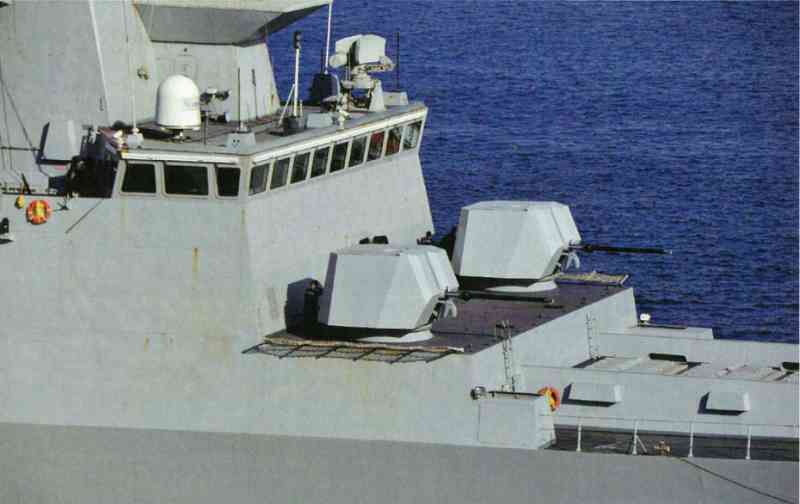
Therefore, the ideal modern warship must be equipped with a large number of cutting-edge sensors, countermeasures and weapon systems that enhance its offensive and defensive capabilities, while relying on a modern combat management system (CMS) that manages all systems and input data and connects to an integrated network. What follows is that modern warships (including equipment) The overall cost of a naval vessel (including combat systems) has increased significantly in recent years, even when compared with the cost increases of other service platforms. Moreover, a large portion of this cost (and an increasing proportion) is related to naval combat systems rather than hulls, propulsion systems, and navigation systems. Given current trends, navies face a dilemma when determining their requirements for new warships. Budgetary considerations, cost increases, and personnel issues have influenced most navies to expand their fleets. At the same time, while the increased unit cost of combat ships has made the potential loss of each ship more devastating, modern warships must be more versatile and able to act alone or as part of a small group. As a result, navies are seeking to distribute high-end capabilities to a larger The right balance must be found when increasing the number of ships (to increase versatility, survivability, and range) to reduce the potential impact of the loss of a ship on the overall effectiveness of the navy.
For larger manned warships, this requires ensuring that each ship has all the capabilities to effectively operate alone (or as part of a smaller group) when necessary. For example, the U.S. Navy has developed the concept of "distributed lethality" to enhance the U.S. fleet’s anti-access/denial (A2/AD) capabilities and sea control by expanding the offensive and defensive potential of individual ships.
The Russia-Ukraine conflict has helped to teach countries a certain degree of understanding that technological innovation (even using relatively cheap unmanned systems) can be effective in the face of unprepared opponents. ) is effective. In fact, the sinking of the Russian Black Sea Fleet flagship "Moscow" and the Ukrainian attack on the Sevastopol naval base on October 29, 2022 were both carried out using unmanned systems, missiles and other equipment, sinking or damaging larger and much more expensive warships.
Adapting to evolving threats
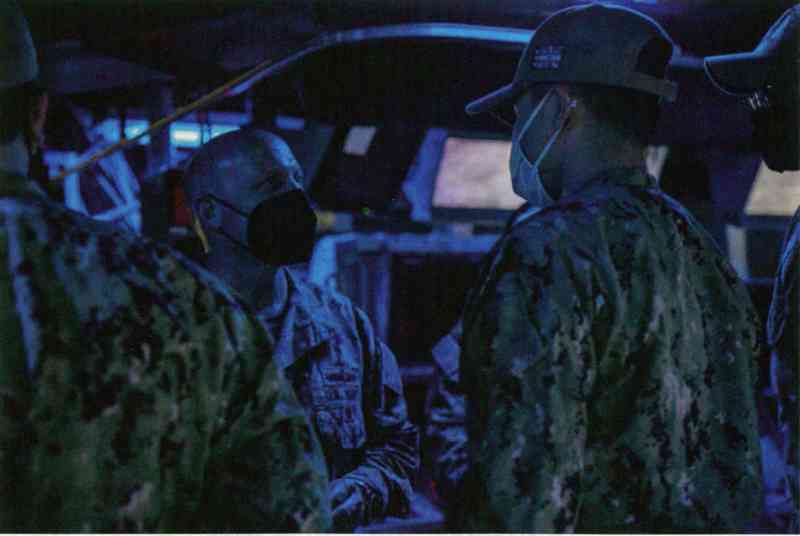
Generally speaking, today’s navies typically procure hulls with a design life of more than 20 or 30 years, a design that was not the norm until recently. In fact, the gap between the obsolescence curve of naval platforms and certain combat systems is widening. While it is often difficult and cost-ineffective to install modern systems on very old hulls, modern warship design must consider the development of future technologies and operational requirements, delay obsolescence as much as possible, and extend the service life of ships. Such a path requires the development of open and modular systems that can be easily updated and upgraded to adapt to new threats and operational requirements that emerge during the development and design phase, or changes in both, as this is the contractual framework that supports the procurement program. For example, the US Department of Defense has been committed to promoting the Modular Open Systems Approach (MOSA) in defense procurement projects. The European Union, through its European Defense Fund (EDF), has also identified modularity as a beneficial approach for the Modular and Multi-Purpose Patrol Ship (MMPC) program, highlighting the ambition to increase the "flexibility of second-line ships to carry out a wider range of combat missions." A modular approach can also open the door to future technological and capability developments, one of which is to design larger hulls to leave physical space for additions and upgrades. Moreover, most new systems - although often smaller than previous systems - may also require more energy to operate, requiring additional cooling capacity to avoid overheating. Other new systems are larger than previous models, such as fixed array radar systems that are larger than rotating radar systems.
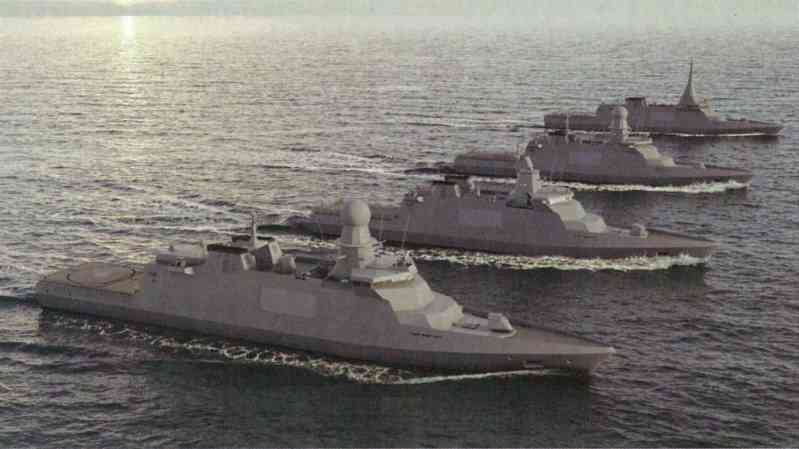
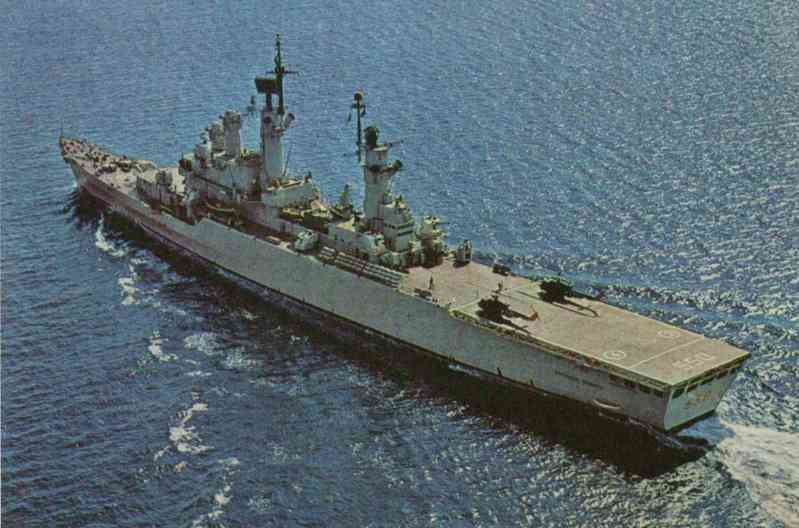
The increasing complexity of naval combat systems has also affected the number of naval crew members and the skills required for each crew member. At the same time, as advanced technologies develop faster than in previous decades, the type of training required to operate these technologies will also be affected. New technologies require military personnel to be more professional in order to operate, maintain and repair existing naval combat systems. Many new systems require fewer personnel because they provide a high degree of automation, reliability and availability, and thus provide at least a partial solution to the recruitment problems faced by most Western navies.
The 127mm guns on US destroyers provide a vivid example of the impact of automation on personnel requirements: US destroyers of World War II required 15-20 sailors to operate these guns, while modern Arleigh Burke-class destroyers require only 6. Similarly, Italy’s future DDX is expected to have a crew of more than 300, while the current Victoria Veneto cruiser, built during the Cold War, has a smaller tonnage and a crew of more than 500. Nevertheless, increased automation will not itself lead to a permanent reduction in personnel below a certain level: ships still need a certain level of operators to ensure flexibility and safety.
Integration challenges and opportunities
The development of space-based earth observation and sensor and unmanned system technologies provides tremendous opportunities for modern navies that want to significantly expand the coverage of naval combat systems to a level far beyond what was technically possible only 10 years ago. However, these opportunities depend on the fleet’s ability to fully integrate a large number of diverse naval combat systems and the data they generate into a cohesive system engineering architecture. In practice, for example in the area of combat management systems, navies are increasingly interested in integration at the strategic rather than tactical level as a way to increase interoperability between more disparate systems, including unmanned and multinational assets where necessary. This is particularly important for multinational operations (for example within the framework of NATO or the EU), where the flagship may have to operate with different ships from other countries.
Ships operating together, integrating data and information from their respective sensors and weapon systems, will greatly improve commanders’ comprehensive view of the maritime situation and enable each warship to seamlessly integrate into the whole while playing a specific role within the larger fleet. To this end, the European Defense Fund has included the European Digital Navy Fund (EDINAF) in its 2021 call for proposals, which aims to establish a digital ship reference architecture to enable the integration of a joint naval combat cloud in the future.
A major challenge facing navies and industry in the pursuit of effective integration is technical: modern naval combat systems and sensors generate large amounts of data, which require a lot of bandwidth to share in real time via data links. Solutions to this need include 5G technology, the use of “tactical clouds” and “internet of things” architectures to manage the vast amounts of data generated at the tactical end of military operations, such as unmanned systems performing intelligence, surveillance and reconnaissance (ISR) missions. In addition, future systems must be more autonomous to reduce the bandwidth required for their control and make them less susceptible to interference.
Another major challenge to effectively integrating multiple systems, ships and unmanned vehicles is the overall lag in theory regarding the engineering approach to naval combat systems, which may currently only be approached from a purely technical perspective. An integrated approach to building naval combat systems may also greatly promote interoperability between allies and partners, and between manned and unmanned assets (i.e., manned-unmanned teaming, MUM-T). However, within NATO, this must be facilitated by common doctrines and data processing and communication methods so that different systems can be designed to communicate effectively. Currently, NATO allies have only one standardization agreement related to unmanned vehicles (STANAG 4586), which, although designed for unmanned aerial vehicle (UAV) interoperability, is also used in the context of OCEAN 2020. NATO is currently advancing the development of STANAG 4817, which will provide common standards for the control of unmanned systems across domains (air, sea and underwater).
Conclusion
The accelerating pace of technological innovation and the intensification of global maritime competition highlight the importance of today’s navies investing in a wide range of naval combat systems that are necessary to enhance effectiveness and survivability in high-end, large-scale, and multi-domain conflict scenarios. However, it is not just individual disruptive technologies or combat systems that will truly change the face of naval warfare, but rather the integration of various naval combat systems in a system engineering approach. This approach is key to building a resilient, multi-purpose, distributed fleet that is also truly interoperable in a multinational environment.
Successfully achieving this level of integration and using it as a true force multiplier requires not only cutting-edge technology to enable data transmission, but more importantly, clear doctrine related to everything from fleet composition, the level of multifunctionality required of individual ships, the use of autonomous systems, and officer training related to a more distributed approach to naval warfare. Finally, navies must develop a combat system acquisition, maintenance, and update cycle that makes it easier to incorporate frequently changing requirements to adapt to the evolving threat environment.




